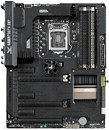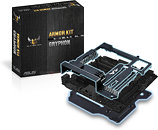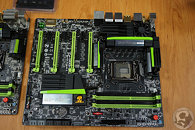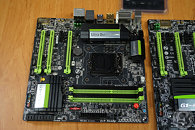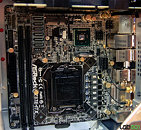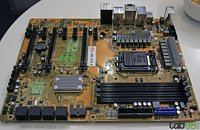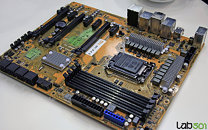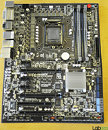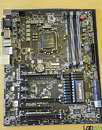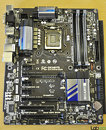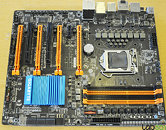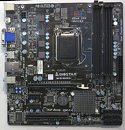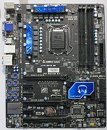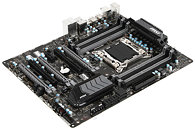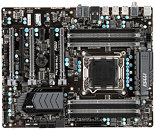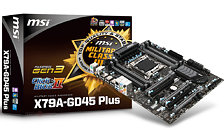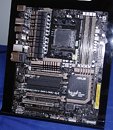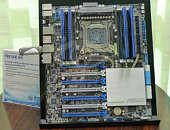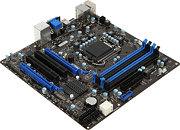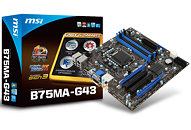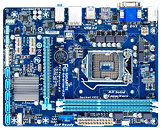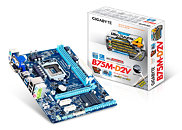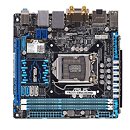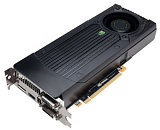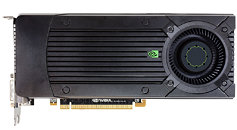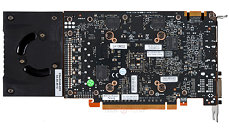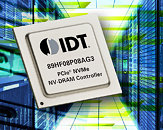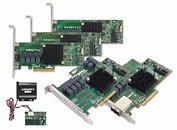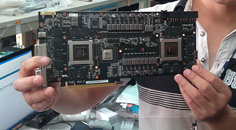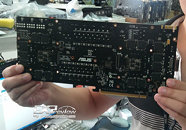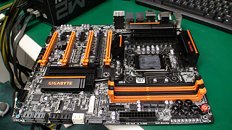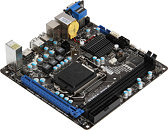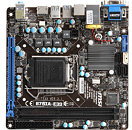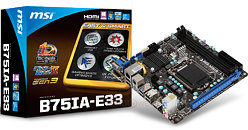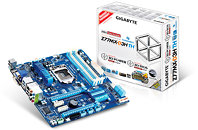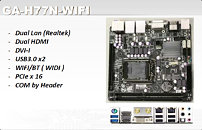
ASUS Unveils its Z87 TUF Series
ASUS' TUF (The Ultimate Force) line of extra-durable motherboards will include two socket LGA1150 models, the Z87-Sabertooth, and the Z87-Gryphon. The more familiar-sounding Z87-Sabertooth, is built in the conventional ATX form-factor, featuring an 8-phase CPU power supply, thermal armor covering most parts of the board, dust-covers or dummy-spacers for most ports, slots, and headers, yet an active fan-based air-circulation within the thermal armor. Connectivity includes eight SATA 6 Gb/s ports, three PCI-Express 3.0 x16 slots wired to the CPU, 8-channel HD audio, gigabit Ethernet, eight USB 3.0 ports, HDMI and DisplayPort outputs, and a number of conventional USB 2.0/1.1 ports.
The Z87-Gryphon is the first micro-ATX motherboard in the TUF series, featuring an optional thermal armor kit, 8-phase CPU power, expansion slots that include two PCI-Express 3.0 x16 (x16/NC or x8/x8), a PCI-Express 2.0 x16 (electrical x4, wired to the PCH), six SATA 6 Gb/s ports, four USB 3.0 ports, 8-channel HD audio with optical SPDIF output, gigabit Ethernet, and display outputs that include DVI and HDMI.
The Z87-Gryphon is the first micro-ATX motherboard in the TUF series, featuring an optional thermal armor kit, 8-phase CPU power, expansion slots that include two PCI-Express 3.0 x16 (x16/NC or x8/x8), a PCI-Express 2.0 x16 (electrical x4, wired to the PCH), six SATA 6 Gb/s ports, four USB 3.0 ports, 8-channel HD audio with optical SPDIF output, gigabit Ethernet, and display outputs that include DVI and HDMI.
